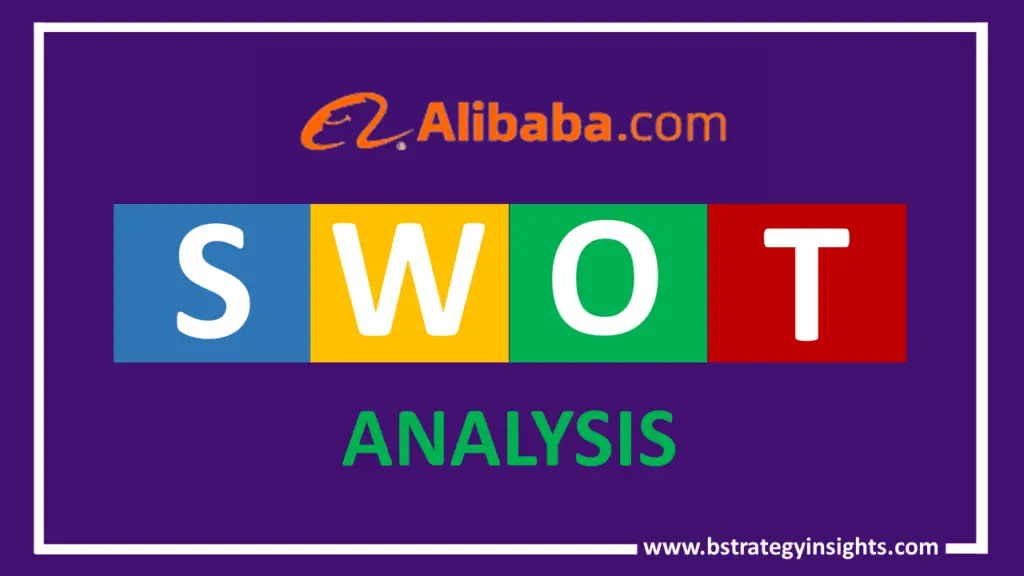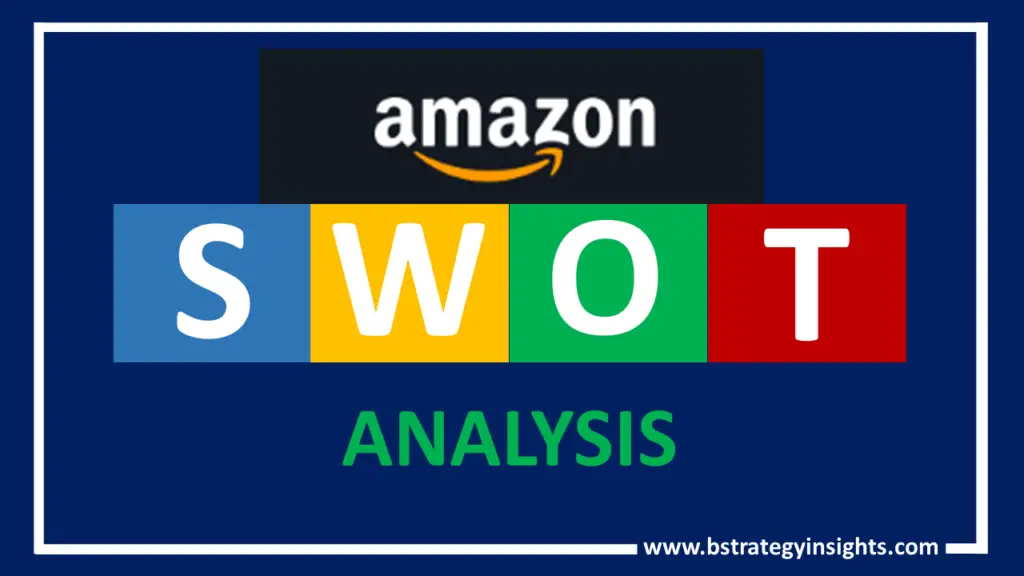Walmart is not only the USA’s but also the world’s most successful retail corporation that operates a chain of hypermarkets, grocery stores, and discount department stores. In terms of size and revenues, no other company comes even close to the magnitude of Walmart. Similarly, in terms of employment, Walmart is the world’s largest private employer with 2.2 million employees.
Walmart, founded in 1962 by Sam Walton, started as a branch of stores that primarily focused on selling products at low prices to attract higher-volume sales. Similarly, it kept its profit margins low to keep its prices down. Soon, Walmart started rising in its fame and undercutting its competitors on pricing. Eventually, its sales began to increase and soon started overtaking the market.
While the company is public with its shares traded as NYSE: WMT on major indexes, it is still family-owned. It went on the New York Stock Exchange in 1972. Walmart, by 1988, became the most profitable retailer in the US. Similarly, it became the largest retailer in terms of revenue in October 1989. While it had limited stores in the US, it has approximately 11,500 stores under 55 banners in 27 countries.
The estimated revenues generated by Walmart in 2020 are around $523 billion, with an operating income of $20 billion. The company’s total assets, at the end of the 2020 financial year are $236 billion, while its total equity is $74 billion. Similarly, the company’s revenues have increased steadily with each financial year for over a decade now.
Walmart Company Profile
Walmart’s company profile detailing its operations along with management and external analysis is as follows.Name Walmart Inc. Website walmart.com Type of corporation Public Founder Sam Walton Year founded 1962 Chairman Greg Penner Chief Executive Officer (CEO) Doug McMillon Headquarters Bentonville, Arkansas, US. Revenues (2020) $523.96 billion Key products/services Retail stores, discount stores, financial services, Walmart Pay, MoneyCard, etc. Key competitors Kroger, Costco, Home Depot, Walgreens, Target, Amazon, etc. Countries of operation US, Canada, Mexico, United Kingdom, India, Japan, Argentina, Chile, South Africa, among others.
Walmart SWOT Analysis
SWOT analysis refers to the study of the strengths, weaknesses, opportunities, and threats of a company. Each of these elements represents a unique aspect of the company and gives more detail about its operations and future prospects.
The SWOT analysis of Walmart is as below.
Walmart’s Strengths
A company’s strengths show the internal factors that give it an advantage over its competitors. These are the reason why the company is successful and generates profits or revenues. Walmart’s strengths are as follows.
Brand recognition
Walmart’s most crucial strength is its brand recognition. Due to the low prices they retail chain first offered, it has become a household name in the US and some other parts of the world. Its brand has allowed Walmart to expand into various new geographical locations without relying heavily on marketing and promotions. The company has millions of loyal customers worldwide, making it one of the biggest brands in the world.
Stores
Walmart has a wide range of stores in almost all the states in the US and various other parts of the world. Not only does it have a high number of chains, but it also has several store types, such as Supercenter, Discount Store, Neighborhood market, which cater to the needs of different classes of customers. These stores make Walmart the first choice for a variety of products.
International presence
Walmart has subsidiaries that allow it to operate in other countries under different brands. The company’s international expansion has allowed it to create an international presence for itself. The company is also adding more stores to the list each year, continuing its goal to reach a higher number of customers. Similarly, its international presence has allowed the company to increase its revenues by establishing new sources of income.
Low prices
One of the differentiating factors that have allowed Walmart to become the largest retailer around the world and a household name in various countries is its low prices. The company started with a focus on providing customers with low prices. It is what has enabled it to attract customers from all fields of life and continues to do so each year.
Supply chain
Walmart has a highly efficient supply chain, which allows it to take advantage of its competitors. Through its strong network among its global retail shops, the company can efficiently control and monitor its goods. It is also helped the company with expanding into various new locations.
Walmart’s Weaknesses
A company’s weaknesses represent internal factors that it doesn’t get right and which allow its competitors to take advantage of it. For Walmart, these include the following.
Low-profit margin
While Walmart focuses on cost leadership, and it is one of the reasons why the company has been successful, it also keeps it from making more profits. The company heavily relies on sales volumes rather than markets, which makes it susceptible to losses when it can’t achieve the expected volume of sales for a specific product.
Low-quality products
When some of the products offered by Walmart offer a low price, they may also compromise on quality. For some of Walmart’s products, the low prices sometimes come with a cost of compromised quality. Most customers associate the brand with higher quality. When the company brings products that are below par in quality, it affects its sales and reputation.
Customer experience
Some of Walmart’s customers complain about the bad customer experience they have in their stores. In comparison, these customers say the company’s competitors offer a better ambiance or customer experience, which makes the process of shopping in their stores more attractive. In the customer experience department, the company has always lacked the proper care its customers deserve.
Working conditions
One of the most critical issues for which Walmart has faced criticism in the past is the poor working conditions. The company has gotten accused of inequality, gender discrimination, minimum wages, high workloads, etc., which makes working conditions in it highly unattractive. With the shift in customers’ preference towards ethical products, the working conditions of the company have dragged down its reputation.
Walmart’s Opportunities
Opportunities, for a company, represent future prospects that it can exploit to its advantage. These come from external sources, rather than internal ones. For Walmart, the opportunities are as follows.
Further expansion in growing economies
While Walmart has been successful in international expansion, it hasn’t reached a global status yet. The company has the resources and the expertise to expand to even more countries, especially those with growing economies. It presents an outstanding opportunity for Walmart to take its operations before any competitors take over the market.
Improving quality
Many customers around the world associate the Walmart brand with cheap products and sometimes low quality. It is why a majority of these customers avoid buying from Walmart and go with its competitors. Walmart has the opportunity to improve the quality of its products to attract these customers and recapture its lost market share.
Improving working conditions
As mentioned, Walmart has received a lot of criticism in the past for its working conditions. It has stopped customers from buying from the brand, especially those who are ethically conscious. Walmart has the opportunity to provide better working conditions to its employees and become a company that customers prefer for its corporate governance.
Online market
While Walmart already has an online presence, it is not among the top competitors on the list. Walmart already has the resources and retail supply chain to expand its operations online. If the company exploits this opportunity to move into the online marketplace, it can multiply its profits and revenues. More customers are moving towards shopping online rather than in person, which Walmart can exploit to its advantage.
Walmart’s Threats
Lastly, in SWOT analysis, threats show external factors that have the potential to impact a company negatively in the future. For Walmart, these include the following.
Local competition
Because Walmart is a multinational brand and company, it faces a lot of competition from local competitors. Especially in the countries that Walmart operates, local competition is trying to take over foreign brands because of their specialization. Similarly, customers also support local businesses rather than international retail chains. Overall, it represents an enormous threat to Walmart.
Increasing competition
Being the most prominent name in the industry, Walmart is subject to a high amount of competition. Most of its competitors, for example, Target, offer better quality products with similar or cheaper price tags. The increasing competition creates a threat for Walmart as the company will have to share its revenues and profits with these companies.
Technological advancements
Walmart, while having an online presence, still does have a great online marketplace. If the company continues to be behind the curve in adopting technology into its business model, it faces the risk of obsolescence, especially with the growing online market. Technological advancements have allowed many companies and businesses to flourish. However, for Walmart, it represents a threat.
Conclusion
Walmart is the world’s largest retail company and a household in various countries around the world. The company is the most successful in its industry with a focus on lower prices, which has worked wonders for the company. For a better understanding of Walmart, it is necessary to consider its SWOT analysis given above.



